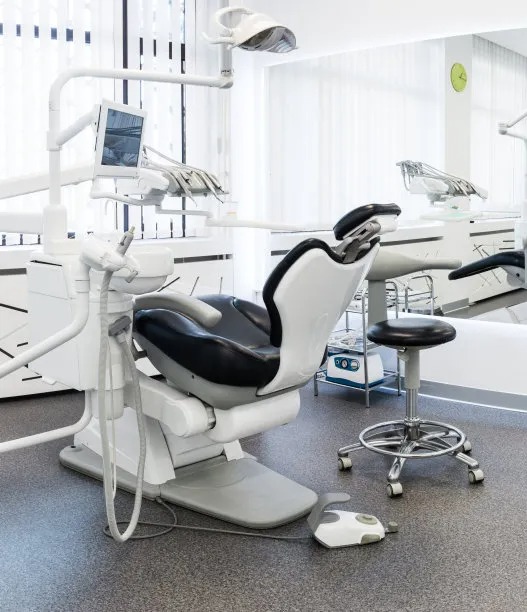The Essential Guide to Extracting a Tooth Safely and Effectively for Dental Health Improvement
Summary: Extracting a tooth can significantly impact oral health, yet it must be performed with caution to ensure safety and effectiveness. This article serves as a comprehensive guide detailing the essential steps to consider before, during, and after tooth extraction. Firstly, we will discuss the importance of understanding the reasons for extraction and the necessary dental evaluations. Next, we’ll explore the extraction methods varying from simple to surgical procedures. Following that, we will emphasize the aftercare required for optimal recovery. Finally, we’ll highlight preventive measures that can improve overall dental health and reduce the need for extractions in the future. Understanding these aspects is vital for anyone considering tooth extraction, helping to promote better dental health outcomes.
1. Understanding the Reasons for Tooth Extraction

Before performing a tooth extraction, it’s essential to fully understand the reasons behind it. Common reasons include tooth decay, periodontal disease, and overcrowding. Decay can weaken the structural integrity of a tooth, making it necessary to remove it to prevent further oral health issues.
Additionally, periodontal disease can lead to severe gum issues, where infected gums cause significant damage to the bone supporting the teeth. In these instances, extraction becomes not only beneficial but sometimes critical for overall oral health.
Finally, overcrowding often necessitates the removal of teeth to create sufficient space, especially in cases of orthodontic treatment. Understanding these motivations allows patients to enter the extraction process with clarity and confidence.
2. Evaluating Dental Health Before Extraction
Prior to extraction, a thorough dental evaluation is crucial. Dental professionals assess the tooths condition, the surrounding tissues, and overall dental health to ensure the extraction is necessary. X-rays often play an essential role, providing a detailed view of the tooths root structure and surrounding bone.
During the consultation, the dentist also considers the patient’s medical history, including any medications or health conditions that may complicate the procedure. Being transparent with the dental care provider about existing health conditions can prevent any potential complications during the extraction.
Finally, it’s important to discuss pain management options with the dentist. Knowing what to expect in terms of anesthesia and post-operative pain can help alleviate anxiety and ensure a smooth extraction process.
3. Different Methods of Tooth Extraction
Tooth extractions are categorized mainly into two methods: simple and surgical extractions. Simple extractions involve removal of a tooth that is visible above the gum line and are typically performed under local anesthesia. This process is straightforward and generally less invasive.
Surgical extractions, on the other hand, are necessary for teeth that are broken below the gum line or impacted teeth that have not fully emerged. These procedures involve more intricate techniques, often requiring sedation and a longer recovery time.
In both cases, proper technique and care taken by the dental professional can significantly reduce the risk of complications, such as infection or excessive bleeding. Patients should communicate any concerns, as a good patient-dentist relationship enhances safety and effectiveness during the procedure.
4. Aftercare and Preventive Measures for Dental Health
After the extraction, following proper aftercare instructions is critical to ensure healing and avoid complications. Patients are usually advised to bite down on gauze pads to minimize bleeding and may be recommended to avoid strenuous activities for a day.
During the recovery period, it’s vital to stay hydrated and maintain a soft food diet to avoid irritating the extraction site. Pain management is often necessary, and patients should adhere to prescribed medications for comfort.
Lastly, preventive measures can contribute significantly to better dental health. Regular dental check-ups and practicing good oral hygiene can minimize the chances of needing extractions in the future. These preventive steps ensure that teeth and gums remain healthy, thereby enhancing overall dental health.
Summary: This article delves into the crucial aspects of tooth extraction, starting with the reasons and thorough evaluations required before the procedure. It outlines the various extraction methods while emphasizing the importance of proper aftercare and preventive measures for long-term dental health. With informed decision-making and effective practices, patients can navigate tooth extraction with confidence and maintain optimal dental hygiene.
This article is compiled by Vickong Dental and the content is for reference only.



